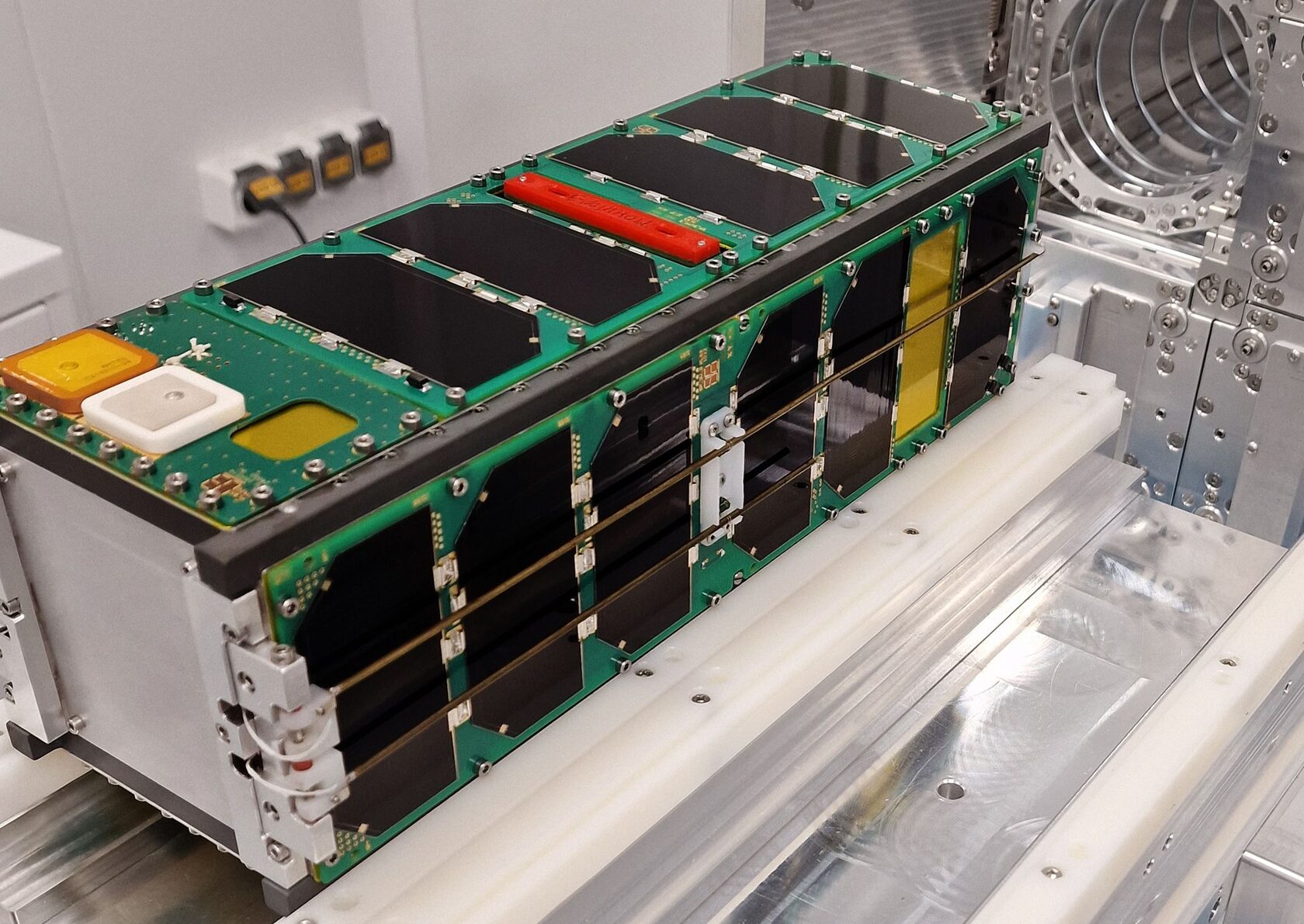Spacecraft and instruments developed at the Skobeltsyn Institute of Nuclear Physics of Lomonosov Moscow State University (SINP MSU), including the efforts of the Radiation Monitoring Laboratory, are primarily designed to detect cosmic radiation, observe Earth's atmospheric UV glow, and monitor electromagnetic transients.
These instruments include cosmic radiation detectors (DeKoR-1, DeKoR-2, DeKoR-3), a combined radiation detector (KODIZ, KODIZ-2), spectrometers (SUP), and UV monitoring equipment (AURA, AURA-2), matrix radiation detector (MADIZ, MADIZ-2) etc.
Some devices are poised to significantly expand our research capabilities and address a broader range of challenges. For instance, the DeKoR-2 detector, installed on the ArcticSat-1 satellite, analyzes the impact of solar radiation on spacecraft equipment, enabling the development of measures to enhance durability and extend the operational life of orbital technology. In this context, the article "ArcticSat-1 to Help Extend the Lifespan of Spacecraft in Orbit" is of particular interest.
Another example of groundbreaking research is the small satellite Scorpion (16U), which, in addition to instruments for studying atmospheric discharges and gamma-ray bursts, will be equipped with devices for astrobiological experiments to investigate the survival of microorganisms in space.
It is equally important to note that all existing and upcoming spacecraft and scientific instruments are intended for both research and educational purposes.
The project for the development and launch of spacecraft is being implemented with grant support under the Space-π program of the Innovation Support Fund.
These instruments include cosmic radiation detectors (DeKoR-1, DeKoR-2, DeKoR-3), a combined radiation detector (KODIZ, KODIZ-2), spectrometers (SUP), and UV monitoring equipment (AURA, AURA-2), matrix radiation detector (MADIZ, MADIZ-2) etc.
Some devices are poised to significantly expand our research capabilities and address a broader range of challenges. For instance, the DeKoR-2 detector, installed on the ArcticSat-1 satellite, analyzes the impact of solar radiation on spacecraft equipment, enabling the development of measures to enhance durability and extend the operational life of orbital technology. In this context, the article "ArcticSat-1 to Help Extend the Lifespan of Spacecraft in Orbit" is of particular interest.
Another example of groundbreaking research is the small satellite Scorpion (16U), which, in addition to instruments for studying atmospheric discharges and gamma-ray bursts, will be equipped with devices for astrobiological experiments to investigate the survival of microorganisms in space.
It is equally important to note that all existing and upcoming spacecraft and scientific instruments are intended for both research and educational purposes.
The project for the development and launch of spacecraft is being implemented with grant support under the Space-π program of the Innovation Support Fund.

